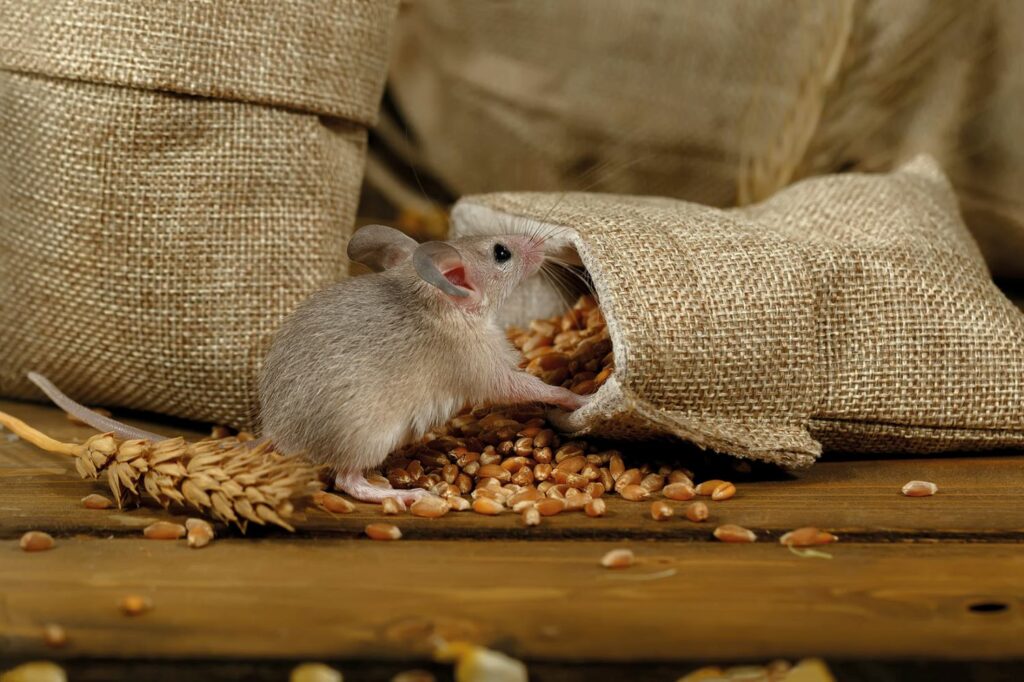Rodents and their control
The second most important pest in pulse storage is rodents. Rodents invade and multiply in or near storage places, where food is available in abundance. It causes serious damage not only to stored products but also to packaging and even to storage buildings. The principal rodents, those most common and likely to attack stored products, belong to the following species:
- Black rat, also called roof rat (Rattus rattus)
- Brown or Norway rat, also called sewer rat (Rattus norvegicus)
- Mouse (Mus musculus)

Rodents not only feed on the grains but also contaminate more than 20% what consumed with their faeces, urine and hair. Prolonged attacks by these pests inevitably results in serious quantitative losses, up to 3-4%, of stored products. These losses must be added to those arising from the decrease in quality of the foodstuffs, caused by the filth (excrement, secretions) rodents leave behind in the stored products. This contamination is as important from the marketing standpoint as it is for hygiene and health. Indeed, rodents are often the vectors of a number of serious diseases like rabies, leptospirosis etc.